Goods label control - obstacles from regulations
| 4 groups of vehicles and equipment must be energy efficiency labeled. | |
| Energy labeling procedures need to be absolutely improved | |
| Energy savinglabeling procedures: Difficulties remains |
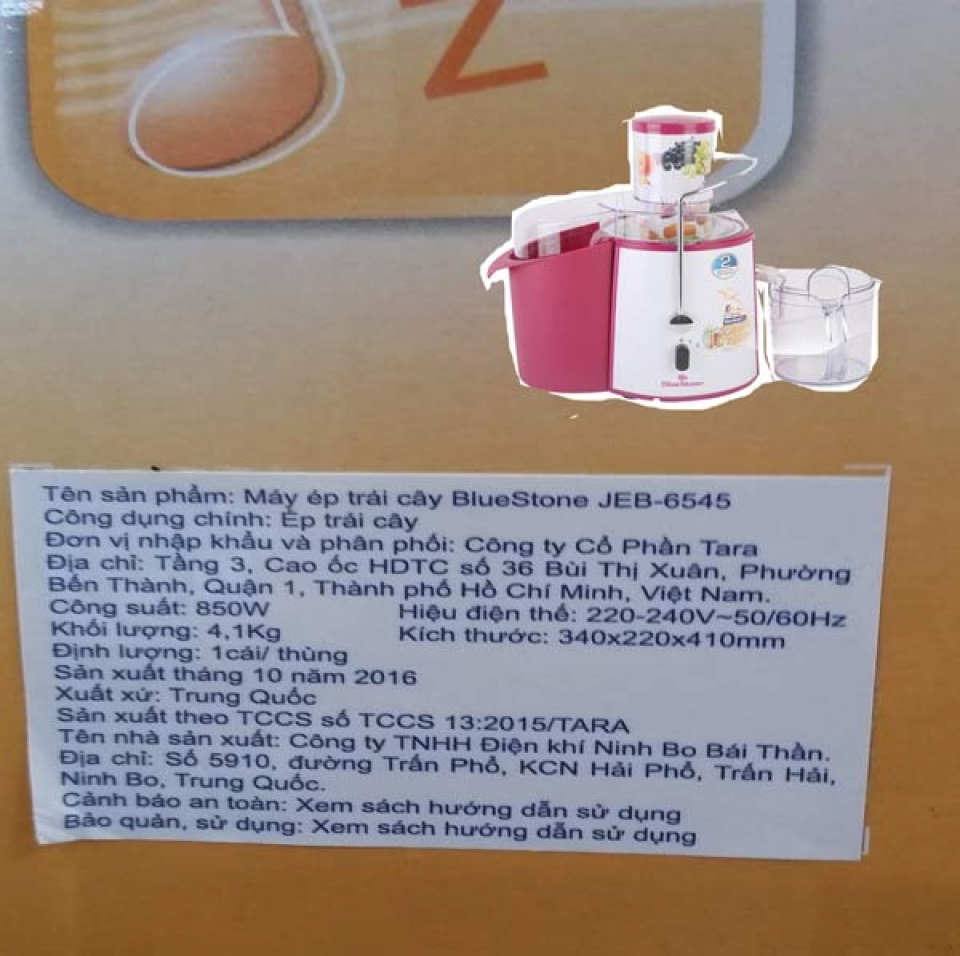 |
| Supplementary label of BLUESTONE JEB fruit juicer |
Regarding import-export activities, labeling of goods are also specified in the Government’s Decree 89/2006 / ND-CP dated August 30th, 2006 on labeling of goods; Government’s Decree No. 19/2006 / ND-CP of February 20th, 2006, detailing the Commercial Law on goods origin, the Ministry of Science and Technology 's Circular No. 09/2007 / TT-BKHCN of April 6th, 2007 Guiding the Implementation of a number of articles of Decree 89., etc.
In particular, Decree No. 89 is the highest legal document regulating the labeling of imported and exported goods and domestically circulated goods in order to provide necessary information on goods for consumers, manufacturers to promote their goods and brands, which is an important base for the state management of product and goods quality in commerce.
Transitted goods and liquids must be labeled?
Provisions on goods which are not required to be labeled but are governed by two different clauses. Specifically, in Clause 2, Article 1 of Decree 89: "The following goods shall not be regulated by this Decree: Goods temporarily imported for re-export; goods temporarily imported for re-export after participation in fairs or exhibitions; transited goods, goods transported from border gate to border gate”. In addition, Clauses 2, 3 and 4 of Article 5 of Decree 89 regulate some types of goods which are not required to be labeled: raw and fresh foodstuffs, unpacked processed foodstuffs for sale directly to consumers;
Thus, besides the above goods, all other goods must comply with the labeling requirements such as labels must be included and contain the required information. However, the reality raises some cases whether goods in transit or liquids such as petroleum are regulated by labeling requirements or not? Actually, goods in transit are in containers (no physical inspections) or petroleum is in the compartments of a ship and then pumped directly to tanks. As a result, these goods cannot comply with the labeling requirements and should also be excluded from the list of goods which are required to be labeled.
Provisions on original label and supplementary label must be amended
Regarding the original label and supplementary label, as specified in Clause 3, Article 3 of Decree 89, "Original label of goods" means the initial label attached to goods. As specified in Clause 4, Article 3 of Decree 89: “Supplementary label” means a label showing compulsory contents of the original label of goods translated from a foreign language into Vietnamese and additional compulsory contents in Vietnamese as required by law which does not yet appear on the original label.
Under the provisions of Points b, c, subsection 1, Section I of Circular No. 07/2009 / TT-BKHCN, Supplementary labels must be attached to goods or commercial packings thereof and must not hide the contents of original labels. Contents shown on supplementary labels must not misrepresent the contents shown on original labels. If adding compulsory contents according to the provisions of Vietnam’s law on labeling of goods, which are not shown on original labels, labeling organizations or individuals shall take responsibility under the law for the accuracy and truthfulness of the added contents. The added contents must not misrepresent the contents shown on original labels.
The practical investigation of the compliance with labeling requirements for imported goods showed that some enterprises abused this provision to cope with Customs authorities and cheat consumers and make it difficult for State control and management. For example, although the original label does not have criteria: Origin of goods and manufacturer, enterprises adds full contents in accordance with the provisions to the supplementary label including criteria on the origin of goods. However, this supplementary label is only a piece of paper glued or taped to the commercial packagings of the goods. The problem here is that whether this supplementary label can be removed during transport process to inland or before the sale to customers or not.
According to the writer, the parties who signed commercial agreements in the import and export activities must understand the labeling requirements to follow, thus, in the process of ordering, the basic information under the labeling requirements must be fully shown in the original label. The supplementary label only adds compulsory contents. Therefore, it is necessary to amend and supplement Clause 3, Article 9 of Decree No. 89 on the original label in direction of that original label means initial label attached to goods and contains compulsory contents of goods". The supplementary label only adds criteria to clarify goods to avoid that enterprises take advantages of loopholes of the law.
Is the barcode the origin of the goods?
In terms of the origin of goods and bar codes, in the past time, most consumers have thought that the bar code indicates the origin of goods. Consequently, they often disseminate the way to identify the origin of goods via barcode. For example, when buying apples in a supermarket with a serial number that starts at 93, consumers immediately think of Australian apples. However, such thought is not true. The bar code does not indicate the origin of goods.
According to the provisions of Clause 3, Article 3 of Decree 89, Origin of goods means the country or territory where the whole goods are manufactured or the final processing stage is carried out for goods the manufacturing process of which involves the participation of many countries and/or territories.
According to the interpretation of terms in Article 3 of Decision No. 15/2006/QD-BKHCN dated August 23rd, 2006 of the Ministry of Science and Technology on the promulgation of regulations on the issue, use and management of article numbers and barcodes, the barcode is a serial number to identify products, locations, and organizations. The issue, use, and management of barcode are governed by Decision No. 15/2006/QD-BKHCN. Vietnam’s barcode includes 13 digits. Accordingly, the first 3 digits are the country code, the following 4 or 5 digits is the name of the enterprise using barcode, the following 4 or 5 digits is the item code and final digit is the check code.
According to the definition of goods label in clause 1, Article 3 of Decree No. 89/2006/ND-CP, information on origin and bar code on the commercial packing of goods are understood as constituents of goods label.
In fact, the inspection of imported and exported goods in the past time has discovered some cases that information on the origin of goods and barcode on the label are different. For example goods originated from China but attached with Vietnam’s barcode (893), or goods originated from China but attached with barcodes of Germany, the US., etc.
Therefore, Customs officers need to check information on barcodes at the website: http://gepir.gs1vn.org.vn to ensure the compliance with the law. Even directly checking information shown on the items to ensure the unity.
For example, the BLUSTONE JEB Fruit juicer product has a barcode: 8936040460523 (see illustrated photo). The results of search online at the website: http://gepir.gs1vn.org.vn has shown that this product has been registered barcode by the importer in accordance with Decision No. 15/2006 / QD-BKHCN dated August 23rd, 2006 of the Ministry of Science and Technology on the promulgation of regulations on the issue, use and management of article numbers and barcodes".
However, the commercial packaging and actual product shows information: Consulted by Great American Appliances Corporation: Michigan Avenue Oakland, CA94605, USA that differs from manufacturer information: Ninh Bo Bai Than Electricity Company located at: No. 5910, Tran Pho Street, Hai Pho Industrial Park, Tran Hai, Ninh Bo, China, that is easy to mislead consumers. The above information does not reflect the true characteristics and truth of goods. When dealing with this problem, Customs officers in charge must be flexible in applying Clause 3 or Clause 5, Article 26 of Decree No. 80/2013 / ND-CP, as it relates to the application of remedial measures in Clause 7, Article 26 of Decree No. 80/2013 / ND-CP.
On the other hand, according to the provisions of point c, Article 11 of Decree 89 stipulates that compulsory contents on the goods labels must include the criteria of "origin of goods". However, this issue of origin of goods has become very diverse and complicated and is regulated in many different documents. The introduction of normative concepts to apply to all types of imported and exported goods and the circulation of origin of goods are extremely difficult and cannot be true in all cases for all kinds of goods.
Especially, after Vietnam has joined and signed a series of international trade agreements such as TPP, EVFTA, bilateral and multilateral agreements with international partners, each agreement stipulates its own rules of origin, way to determine the origin of goods in accordance with the convention so that the imports and exports of goods in that region will benefit from tariffs.
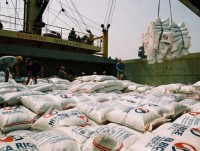 | Rice labeled with foreign names sells better than domestic brands Vietnamese choose foreign rice not because the latter is better but because Vietnamese enterprises don t know ... |
Now, Government Decree No. 19/2006 / ND-CP dated February 20th, 2006 detailing the Commercial Law on the origin of goods. It is therefore advisable for producers and importer to determine their origin of goods and the way of presentation as below: "manufactured in ...", "processed in ...", "produced by...". Therefore, the term "origin of goods" in Decree 89/2006 / ND-CP should be understood flexible rather than strictly like that the term of origin of goods means meeting the above criteria.
Related News

Binh Duong Customs notifies businesses of regulations on labeling and origin of goods
10:20 | 29/03/2023 Customs

Enterprises made suggestions on draft circular on origin of import and export goods
12:02 | 17/06/2022 Customs
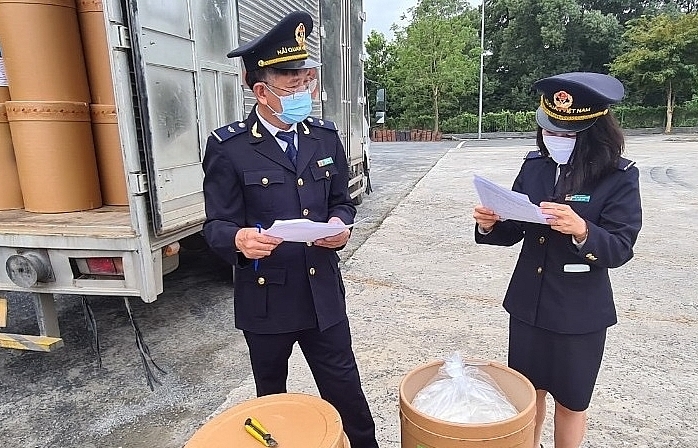
Update guidelines on goods labeling
10:03 | 16/02/2022 Regulations

Director of Anti-Smuggling Investigation talks about cases of counterfeiting of LV, Gucci, Nike, Chanel brands
19:12 | 19/12/2021 Anti-Smuggling
Latest News
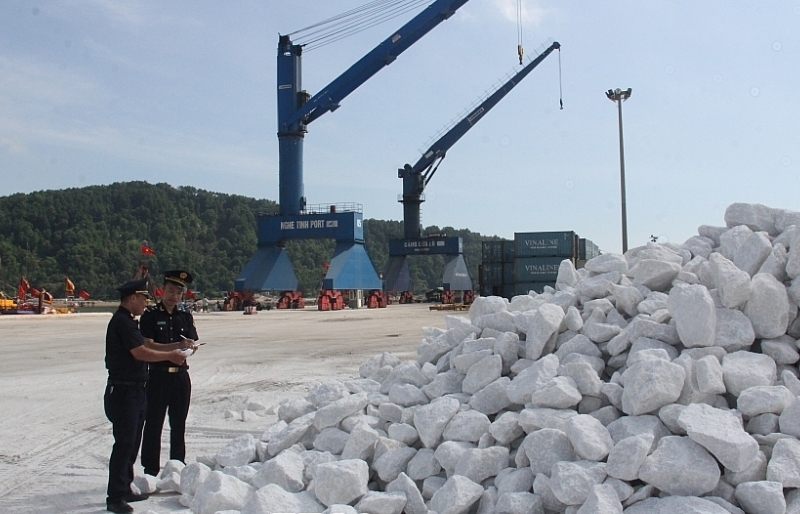
From January 1, 2025: 13 product codes increase export tax to 20%
14:23 | 29/12/2024 Regulations
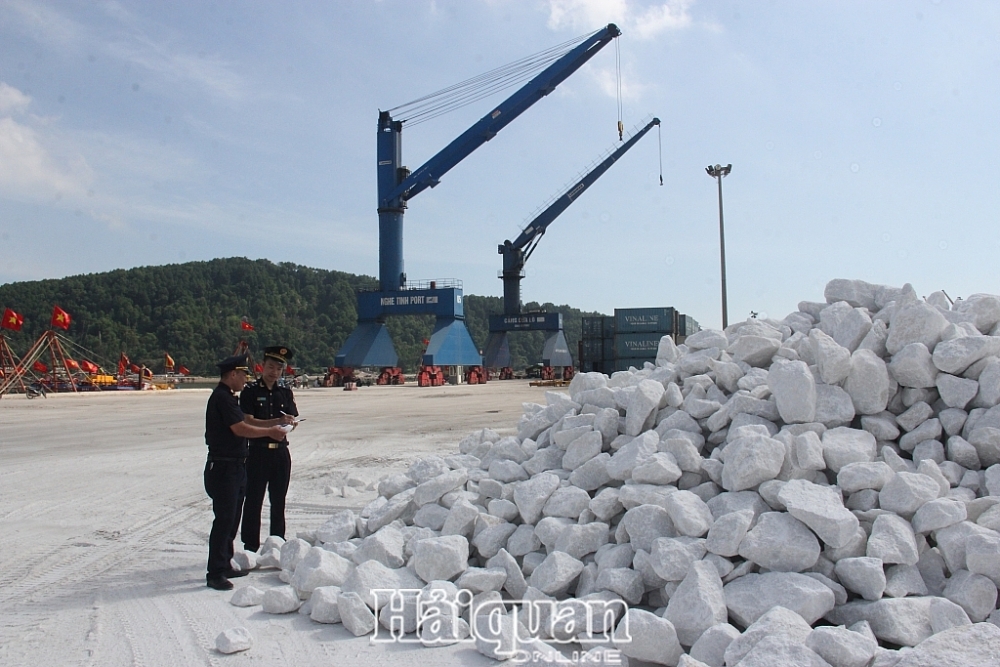
Export tax rates of 13 commodity codes to increase to 20% from January 1, 2025
13:46 | 28/12/2024 Regulations
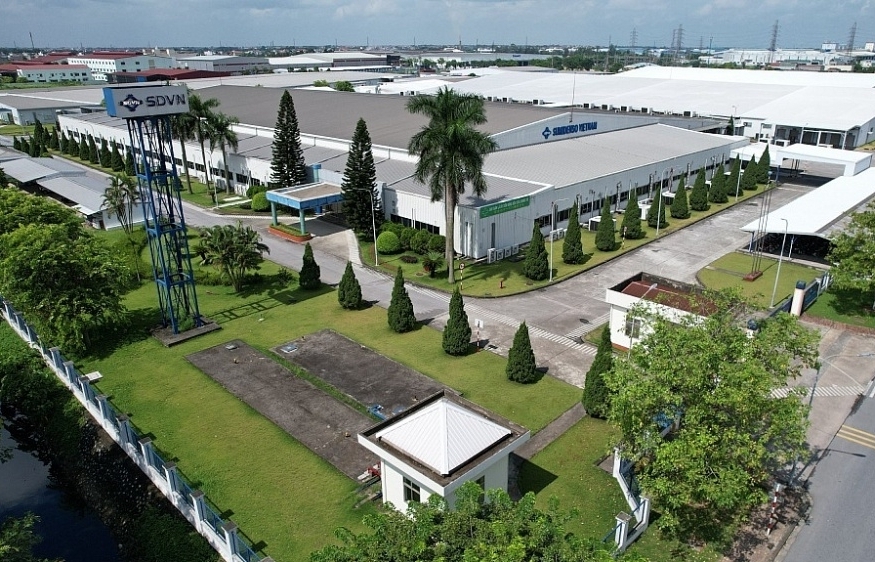
Proposal to reduce 30% of land rent in 2024
14:58 | 25/12/2024 Regulations
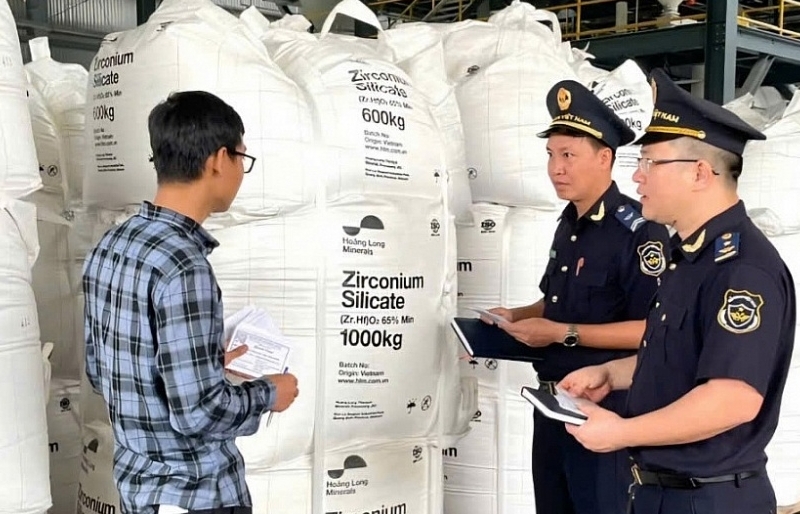
Resolve problems related to tax procedures and policies for businesses
13:54 | 22/12/2024 Regulations
More News
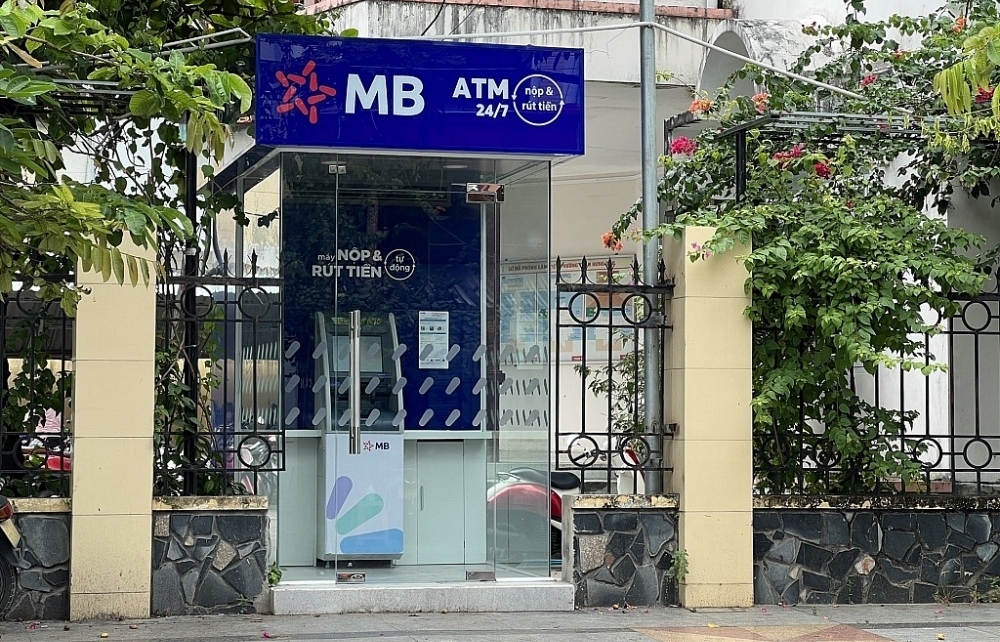
New regulations on procurement, exploitation, and leasing of public assets
09:17 | 15/12/2024 Regulations

Actively listening to the voice of the business community
09:39 | 12/12/2024 Customs
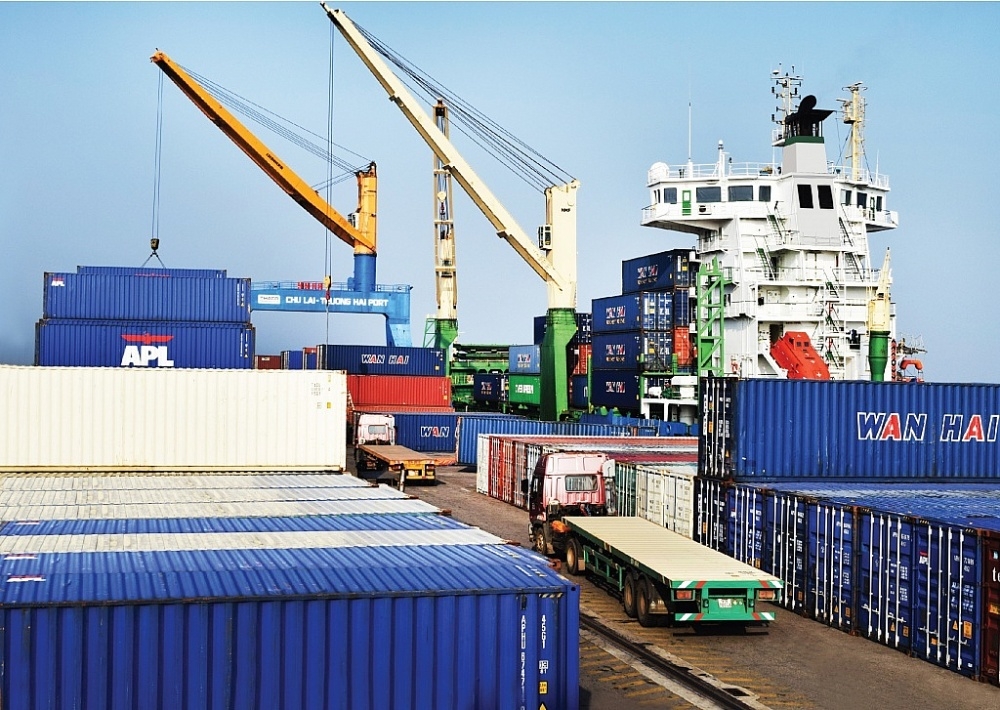
Step up negotiations on customs commitments within the FTA framework
09:44 | 08/12/2024 Regulations
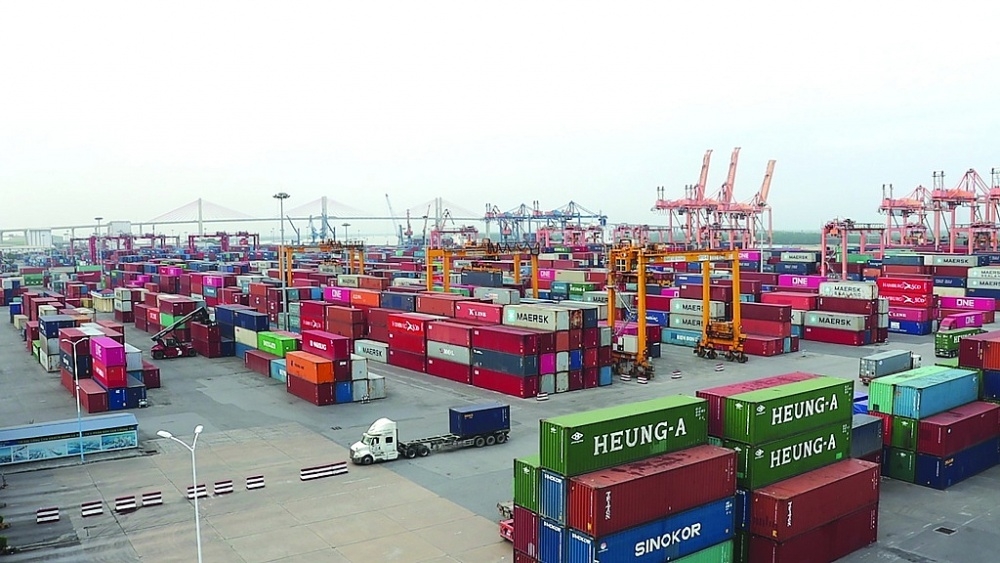
Proposal to amend regulations on goods circulation
13:45 | 06/12/2024 Regulations
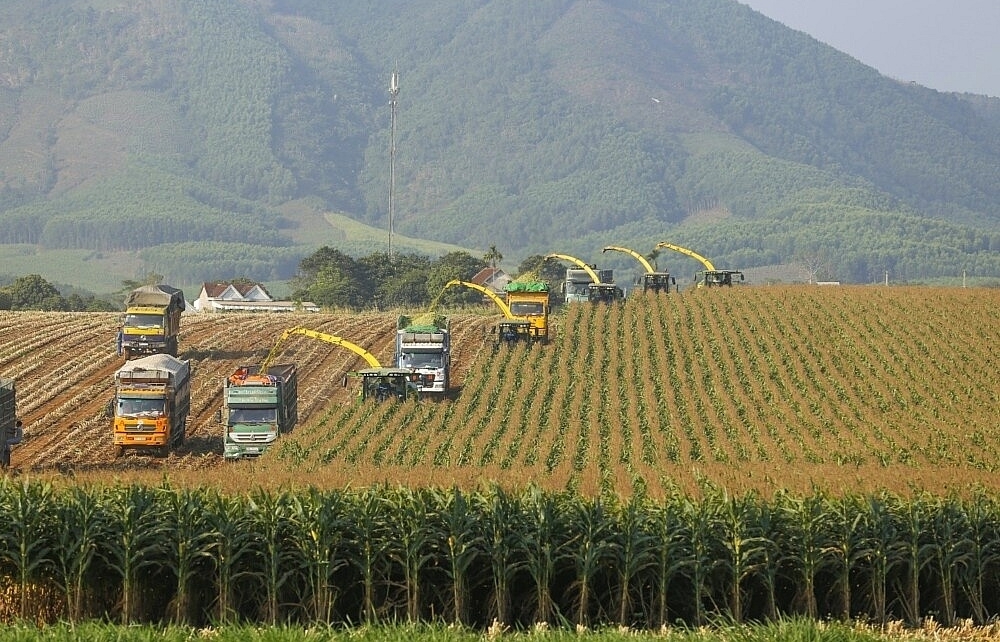
Review of VAT exemptions for imported machinery and equipment
10:31 | 05/12/2024 Regulations
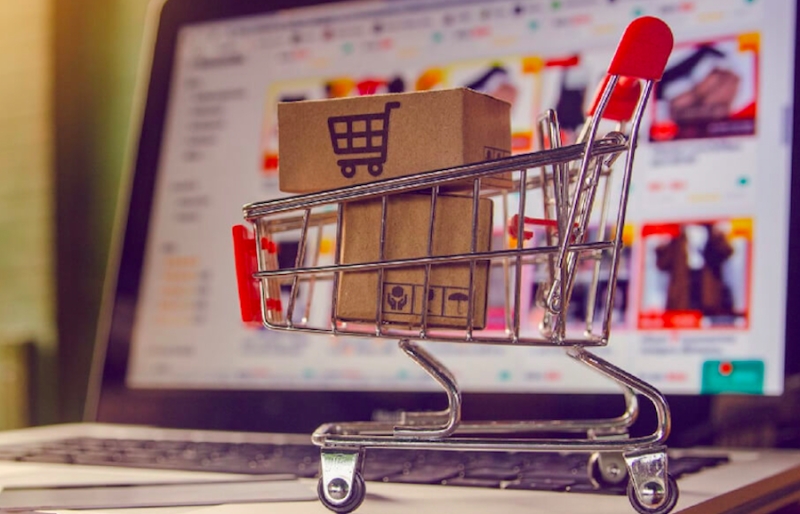
Customs tightens oversight on e-commerce imports
13:39 | 04/12/2024 Regulations
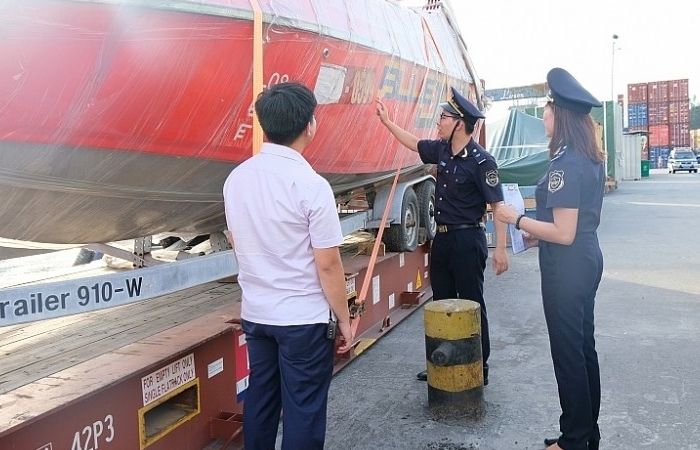
Bringing practical experience into customs management policy
13:48 | 03/12/2024 Regulations

Businesses anticipate new policies on customs procedures and supervision
15:41 | 29/11/2024 Regulations

Do exported foods need iodine supplementation?
11:06 | 29/11/2024 Regulations
Your care

From January 1, 2025: 13 product codes increase export tax to 20%
14:23 | 29/12/2024 Regulations

Export tax rates of 13 commodity codes to increase to 20% from January 1, 2025
13:46 | 28/12/2024 Regulations

Proposal to reduce 30% of land rent in 2024
14:58 | 25/12/2024 Regulations

Resolve problems related to tax procedures and policies for businesses
13:54 | 22/12/2024 Regulations

New regulations on procurement, exploitation, and leasing of public assets
09:17 | 15/12/2024 Regulations
